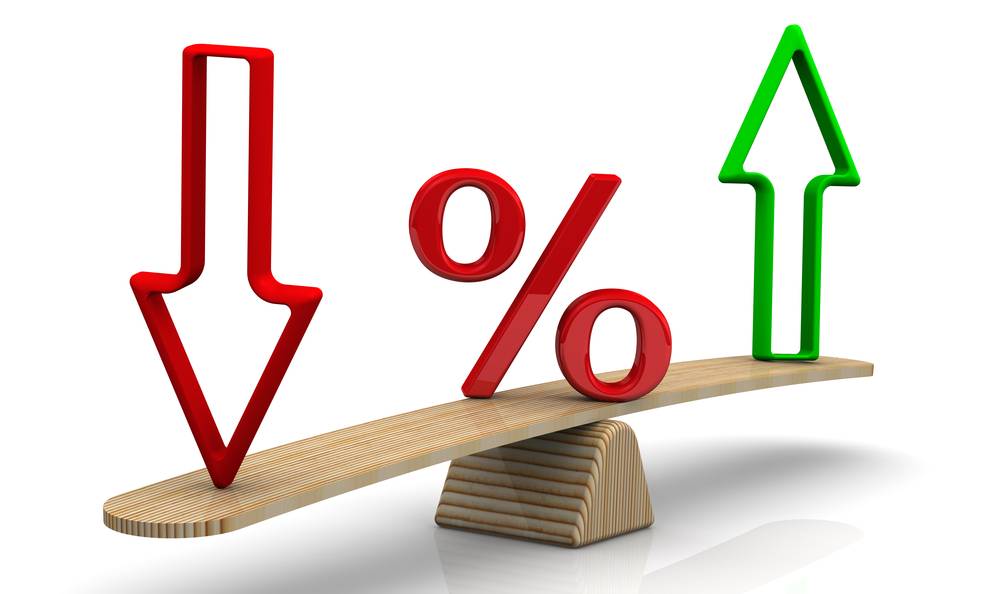
By loosening both the monetary and fiscal policies to support businesses in difficulty, Vietnam was able to retain a 2.91% growth rate when even several strong economies began to collapse worldwide.
Risk speculation
Many international and domestic organizations have forecast that Vietnam could have a possible growth rate of about 7% to 8% in 2021. The government has set a target of 6% GDP and inflation at below 4%. However, after pulling through a strenuous 2020, the economy will take time to rebuild and it is still not certain how heavy a price it will pay to achieve the set growth target.
To find answers, let’s start by looking at the plan very early in 2020, when the pandemic was still not announced and when the Government had set a target of 6.98% GDP growth, inflation was below 4%, credit growth was in the range of 11% to 14%, and the budget revenue based on world crude oil prices was at USD 60 per barrel. By the end of the year, GDP growth was at 2.91%, inflation was 3.23%, credit growth was 12.13%, and budget revenue had reached 98% of the plan, while world oil prices were often below USD 60 per barrel.
The numbers seem normal at first glance, but not quite. As of 22 September 2020, credit growth was only 5.12%, on 21 December it was 10.14%, and at the end of the year it was at 12.13%. Thus, within the last three months of the year, credit growth more than doubled, and in the last ten days of the year, credit growth increased by 2%. Two unusual occurrences happened though. First, credit growth reached the planned target, while economic growth halved. Second, there was a sudden credit growth in the last quarter of the year. Notably, during the year, the operating interest rates were adjusted three times and the most recent was on the first day of the last quarter of the year, on 1 October 2020.
The above occurrences show a concern that interest rates are likely to be low enough to trigger a risk speculation outside of production, into asset purchases, including securities and real estate. It is also possible that commercial banks, under pressure to reach year-end targets, could boost credit. With credit quality assurance, they will focus on a group of safe enterprises, usually large enterprises, as the needs of this group are weak due to the fact that liquidity was always in abundance before the pandemic. To achieve short-term credit targets, banks may enter the market of higher liquidity assets, such as securities.
Looking at the force that is driving Vietnam's economic growth, we find the outstanding role of manufacturing and the processing industry. In the manufacturing and processing industry, Foreign Direct Investment (FDI) plays an important role. Import and export turnover from this group is about 72% which increased by 5.1% in 2020, bringing trade surplus to USD 19.1 bn, the highest in last five years. Meanwhile, domestic enterprises saw a decrease in export value of 1.1% in traditional export products and labor intensive products such as textiles, leather, and shoes. For the service industry, the domestic factor played a key role because export services, including tourism, fell by 68%.
Constraint of market cap
In the present scenario, Vietnam's economic growth potential in 2021 depends on whether the bottlenecks in the foreign markets and the service industry are removed. Although Vietnam can benefit from international agreements such as free trade with Europe, or the Comprehensive Economic Partnership (RCEP), the key factor remains when trade activities, which are now interrupted by a global blockade, will return back to normal. In my view, this disruption is unlikely to return to normal until at least the fall of 2021, when the Covid vaccine is delivered widely. In other words, Vietnam's economic growth will face the hard constraint of a market cap, which is out of government control for much of 2021.
For this reason, I believe with good governance experience over the last ten years, the State Bank of Vietnam will understand that any stimulus for growth based on excess loosening of monetary policy has limited effectiveness in stimulating the economy. An expansionary policy will certainly exacerbate the asset bubble problem, which will lead to risk of rise in bad debts in the banking system in coming years.
The role of fiscal policy will probably become even more important in such context. The fact that large firms have not faced difficulties and have benefited from low interest rates, as well as tax reductions in 2020, will certainly be better in 2021. This suggests that budget deficit may not be as worrisome as before, helping to push further spending on public works, support for small businesses and low income people who face difficulties in the current market conditions and who have lost their jobs.
Under this analysis, I think the Vietnamese economy will fare better in 2021, but the hard cap on foreign markets will be a major hindrance to growth. If loosening of monetary policy continues as it is, or loosens with the goal of supporting growth, I think the cost will be on speculative activities outside of production, asset bubbles and risk of bad debt in the banking system in coming years. Small businesses that have lost their markets, and the poor who have lost their jobs will continue to be left out of the stock and real estate markets.
Therefore, the State Bank of Vietnam will have to manage monetary policies more cautiously and aim for a healthy economic growth, instead of trying to reach targets. At the same time, fiscal policy will be an important tool that will contribute to the growth and reduction of social inequalities caused by the Covid-19 pandemic. Goal targets set by the government for 2021 will certainly not be easy to achieve, and the struggle will continue for years to come.




















